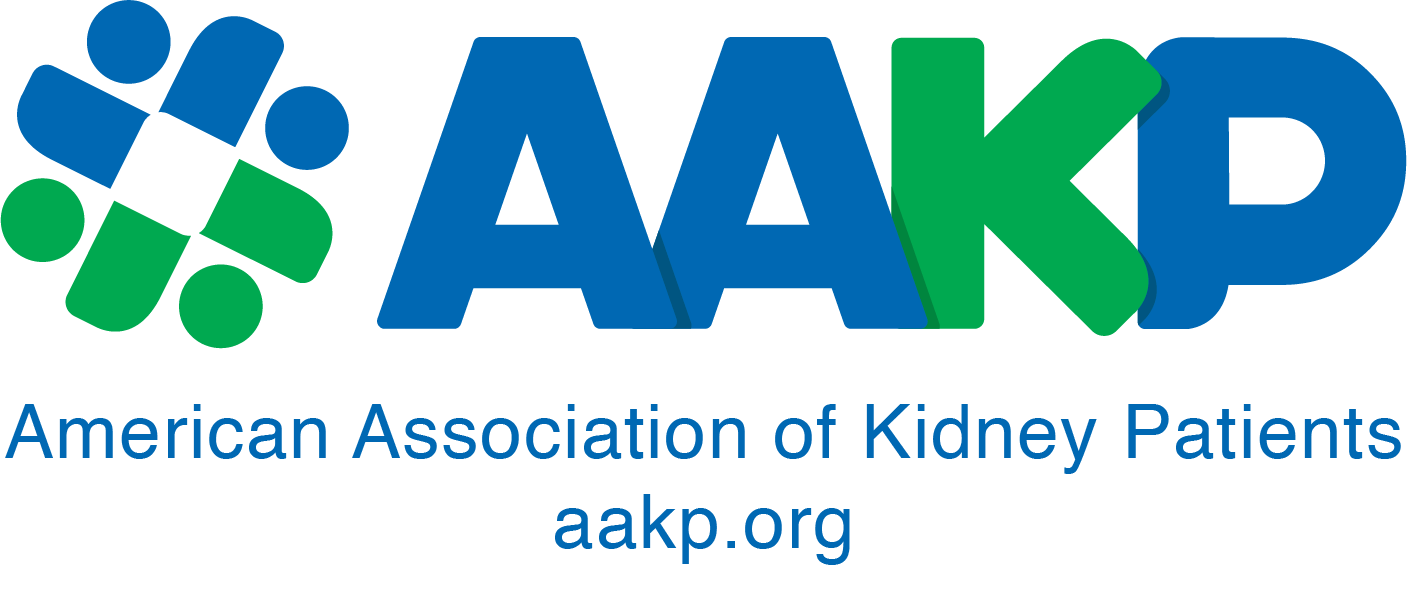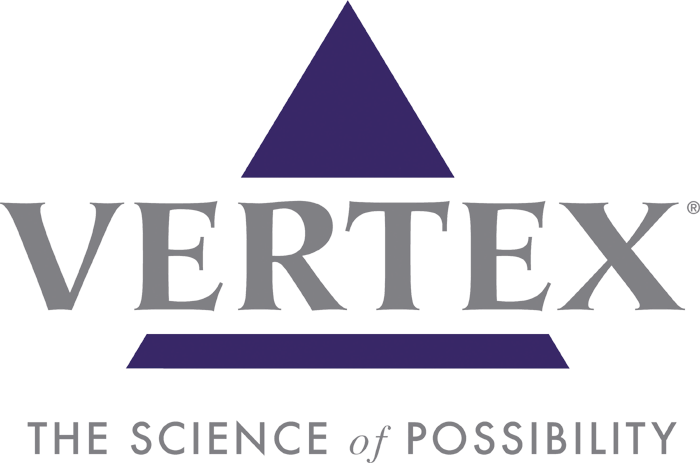By Kristi Edwards, RDN
Summer is HERE, and it is hot…hot…hot! And while some may reach for a Route 44 beverage after being in the hot sun all day, individuals with kidney disease think twice. With impaired kidney function, drinking a lot of fluid can cause some unwanted, and even harmful, side effects. These side effects include swelling, difficulty breathing, high blood pressure, and strain on the heart. Therefore, careful attention is paid to overall fluid consumption. But I want to bring to light another major contributor to fluid retention in individuals with kidney disease: sodium.
The typical American diet includes foods that are high in added sugars, sodium, and saturated fat. This type of diet, put candidly, is not heart-healthy or kidney-friendly. In fact, high intake of added sugars and excess sodium can cause elevated blood pressure and strain on the kidneys.1,2 The average sodium intake among Americans is about 50% h
and Drug Administration (FDA) and the American Heart Association (AHA) recommendations. (3,4) The average intake of added sugars exceeds AHA recommendations by about 10%. (5,6)
A high sodium diet can lead to what is called increased vascular permeability.(7,8) This process deals with fluid shifts in the body. Increased vascular permeability can mean a more difficult time with fluid removal during a dialysis treatment. Individuals who consume a high sodium diet may be at a higher risk of experience cramping during dialysis, and they may even leave the clinic above their target weight (the weight the doctor has prescribed for them to weigh when they have completed their dialysis treatment). As you can imagine, if sodium and fluid intake remain too high and weight post-dialysis continues to increase, risks of fluid overload increase as well. One of the primary goals of dialysis is to remove excess fluid and waste that the kidneys are having a difficult time removing. So, adhering to sodium and fluid recommendations is important. Thankfully, there are many dietary changes, specifically related to sodium, that individuals can adopt to decrease fluid retention and resultant swelling!
As a Registered Dietitian in the dialysis setting, I encourage the patients I counsel to increase their consumption of plant-based foods, like fruits and vegetables. The benefits of consuming these fiber-filled, nutrient-dense foods include but are not limited to: increased energy, improved appetite and digestion, improved sense of taste and smell, improved mental clarity, improved immune function, and improved blood sugar control. While there are a handful of fruits and vegetables with high potassium content that should be limited in the diet of individuals on dialysis, there are SO many fruits and vegetables to choose from that are safe for consumption! You might be thinking, “I thought fruits and vegetables were full of water.” They do contain some water. But when balanced with protein and/or grains, they are an important part of a healthful, balanced diet. And consuming a healthful, balanced diet compared to one high in sodium will help with overall thirst as well!
I have seen where this shift has benefitted many of my patients. I can recall one gentleman in particular. Fluid gains between treatments (also called interdialytic weight gains) were excessive, and he was unable to reach his target weight at the end of each dialysis treatment. He was even brought in for additional treatments. Upon reviewing his food intake over the last 72 hours, it was revealed that he had been consuming ramen noodles, sausage, bacon, ham, hot dogs, and several different types of highly processed snack foods. His overall fluid intake was low, but sodium intake was high. We talked about simple swaps he could make, like eggs for sausage and a serving of fruit for potato chips. I gathered information about his likes and dislikes, and together we formulated a plan that worked for him. Some of his family members were concerned about adding fruits and vegetables to his routine, because of the water they contain. He was already fluid overloaded, after all. However, as soon as he had increased his fruit and vegetable consumption and decreased his consumption of high sodium foods, his interdialytic weight gains improved significantly. He was able to stop coming in for extra treatments. He was no longer having episodes of cramping during dialysis treatments. He felt better overall. It is amazing the power of whole, plant-based foods!
Kristi Edwards, Registered Dietitian/Nutritionist, has been with DaVita, Inc. for 2 ½ years. She received her bachelor’s degree from the University of Tennessee and her master’s degree in Clinical Nutrition from the University of Memphis. She is passionate about using evidenced-based nutrition information to help clients and patients with kidney disease achieve an improved quality of life. She has served on the Board of Memphis Academy of Nutrition and Dietetics. You can reach Kristi at 901kristi@gmail.com.

References:
1. McCausland F, Waikar S, and Brunelli S. The Relevance of Dietary Sodium in Hemodialysis. Nephrol Dial Transplant. 2013; 28(4): 797-802. doi: 10.1093/ndt/gfs452
2. Stress and Your Kidneys. National Kidney Foundation. https://www.kidney.org/atoz/content/Stress_and_your_Kidneys. Published 2020. Accessed June 6, 2020.
3. Sodium Reduction. U.S. Food and Drug Administration. https://www.fda.gov/food/food-additives-petitions/sodium-reduction. Published 2018. Accessed June 6, 2020.
4. Why Should I Limit Sodium? American Heart Association. https://www.heart.org/-/media/data-import/downloadables/8/2/0/pe-abh-why-should-i-limit-sodium-ucm_300625.pdf. Published 2017. Accessed June 6, 2020.
5. How Much Sugar Is Too Much? American Heart Association. https://www.heart.org/en/healthy-living/healthy-eating/eat-smart/sugar/how-much-sugar-is-too-much. Published 2020. Accessed June 6, 2020.
6. Know Your Limit for Added Sugars. Centers for Disease Control and Prevention. https://www.cdc.gov/nutrition/data-statistics/know-your-limit-for-added-sugars.html. Published 2019. Accessed June 6, 2020.
7. Wright J, Cavanaugh K. Dietary Sodium in Chronic Kidney Disease: A Comprehensive Approach. Semin Dial. 2010; 23(4): 415-421. doi: 10.1111/j.1525-139X.2010.00752.x
8. Oberleithner H. Two Barriers for Sodium in Vascular Endothelium? Ann Med. 2012; 44(Suppl 1): S143-S148. doi: 10.3109/07853890.2011.653397
























